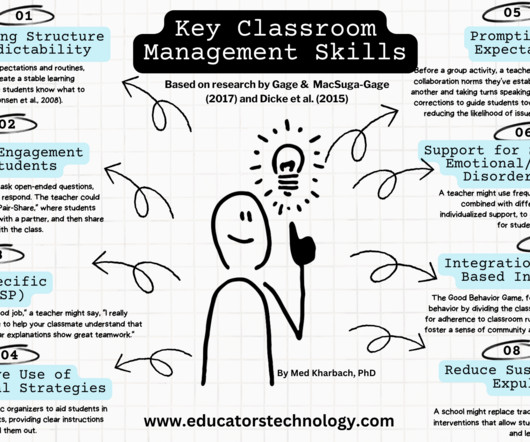U.S. K-12 Educational Technology Policy: Historical Notes on the Federal Role
Doug Levin
APRIL 21, 2016
FY 2001: $450,000,000. Legislative Authorization: Title II, Part D (Sections 2401-2422) of the No Child Left Behind Act of 2001. FY 2003 $700,500,000. FY 2010 $100,000,000. Rationale for Obama administration FY 2010 program funding reduction : “ The proposed reduction of $169.9 FY 1998: $425,000,000.
















Let's personalize your content